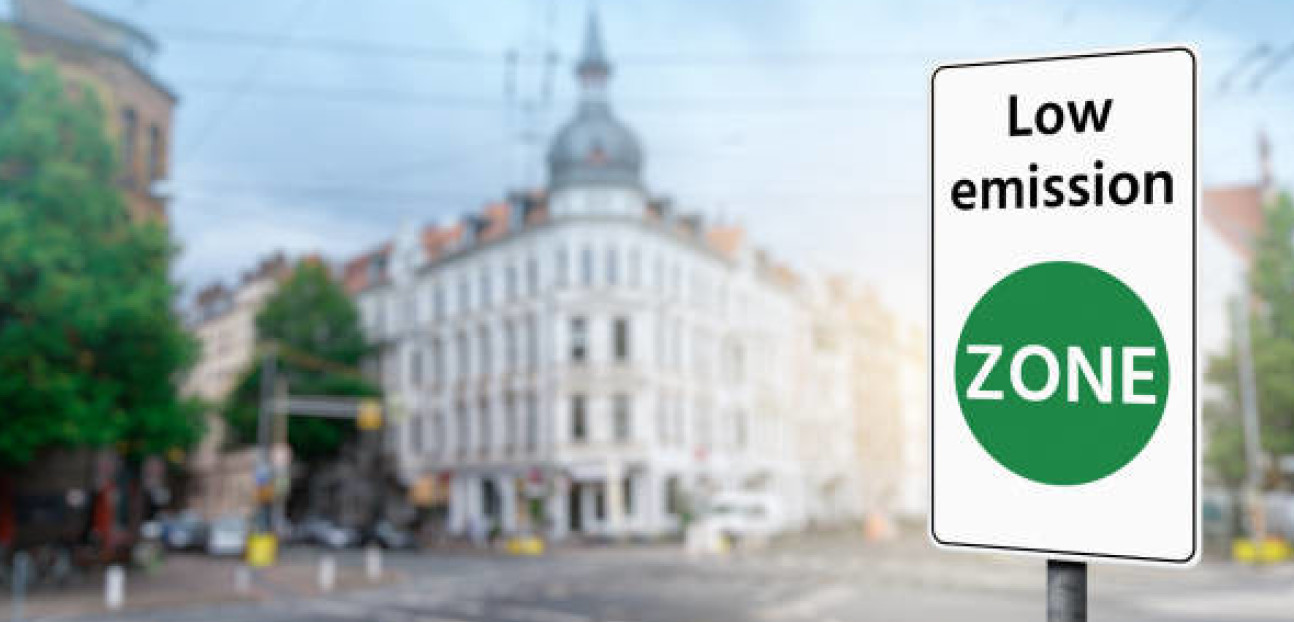Investigating the impact of London’s Ultra Low Emission Zone on children’s respiratory health

Air pollution from traffic in cities and towns is bad for people’s health. Children are especially vulnerable to traffic pollution. Pollution damages growing lungs, stunting their growth. If children enter adulthood with stunted lungs they are at risk of lifelong breathing disorders and early death. We urgently need to find effective ways to reduce pollution and prevent lifelong damage to children’s health.
What is a Low Emission Zone?
Low Emission Zones (LEZs) are areas of towns and cities where the entry of polluting traffic is restricted. Although they are becoming common we don’t know whether they lead to better health. London has some of the worst air pollution in Europe. London’s Mayor will set up a new LEZ in 2019. It is called an ‘Ultra Low Emission Zone’ (ULEZ) because it is planned to reduce pollution to an ultra–low level. This gives us a unique chance to find out if a city-wide LEZ improves air quality and limits damage to children’s lungs.
What is London’s Ultra Low Emission Zone (ULEZ)?
The Ultra Low Emission Zone (ULEZ) operates 24 hours a day, 7 days a week, every day of the year, except Christmas Day (25 December). The zone now covers all areas within the North and South Circular Roads. The North Circular (A406) and South Circular (A205) roads are not in the zone.
Most vehicles need to meet the ULEZ emissions standards or drivers must pay a £12.50 daily charge to drive inside the zone:
This includes cars, motorcycles, vans and specialist vehicles (up to and including 3.5 tonnes) and minibuses (up to and including 5 tonnes)
Lorries, vans or specialist heavy vehicles (over 3.5 tonnes) and buses, minibuses and coaches (over 5 tonnes) do not need to pay the ULEZ charge. They will need to pay the LEZ charge if they do not meet the LEZ emissions standard
How will we test whether the ULEZ improves health?
We will compare the health of two large groups of primary school children (aged 6–9 years). One group will come from central London primary schools the other from schools in outer London. We will make the two groups of children as similar as possible at the start of the study in terms of ethnic groups and pollution levels to which they are exposed.
Every year for four years we will visit the children’s schools, starting the year before the ULEZ begins. We will measure accurately the growth of children’s lungs by asking them to blow into a machine called a spirometer. We will make other measurements including how inflamed their lungs are (exhaled nitric oxide). At the end of the study we will, with their permission, obtain copies of their GP records to find out how often they’ve had infections, visited a GP or A&E, or been admitted to hospital for chest problems.
We will monitor accurately the air pollution to which each child has been exposed over the four years using the world class network of pollution monitors established across London by the Environmental Research Group, Imperial College London.
Our aim is for 20 primary schools in each of the two areas to take part, and from each of these we will recruit 1200 children. With these numbers we will be able to detect very small differences in the volume of lungs between the two groups (about 15ml – the volume of an egg cup).
We will also find out costs of implementing the ULEZ , money raised in fines, and estimate costs of health and health care in the two groups of children. We will calculate whether implementing the ULEZ is good value for money and whether LEZs should be used more widely.
PI: Dr Ian Mudway


